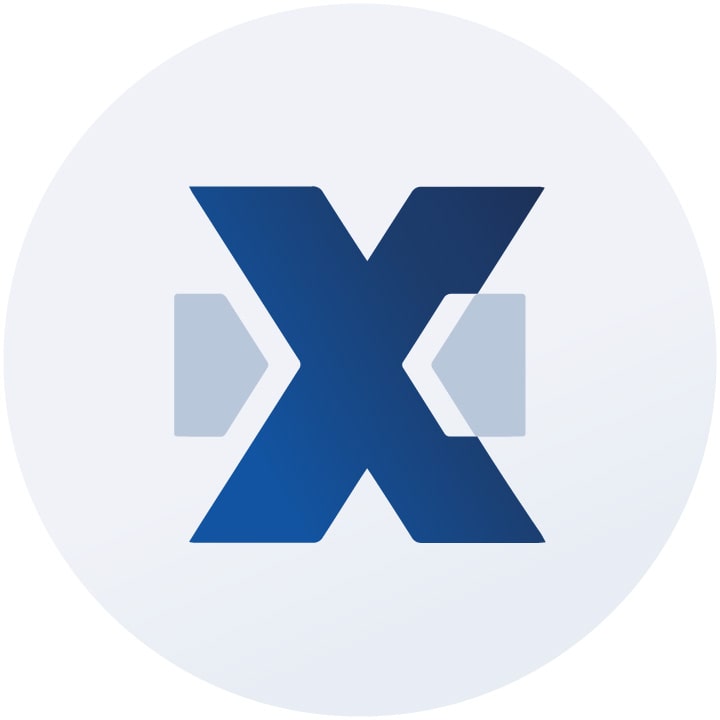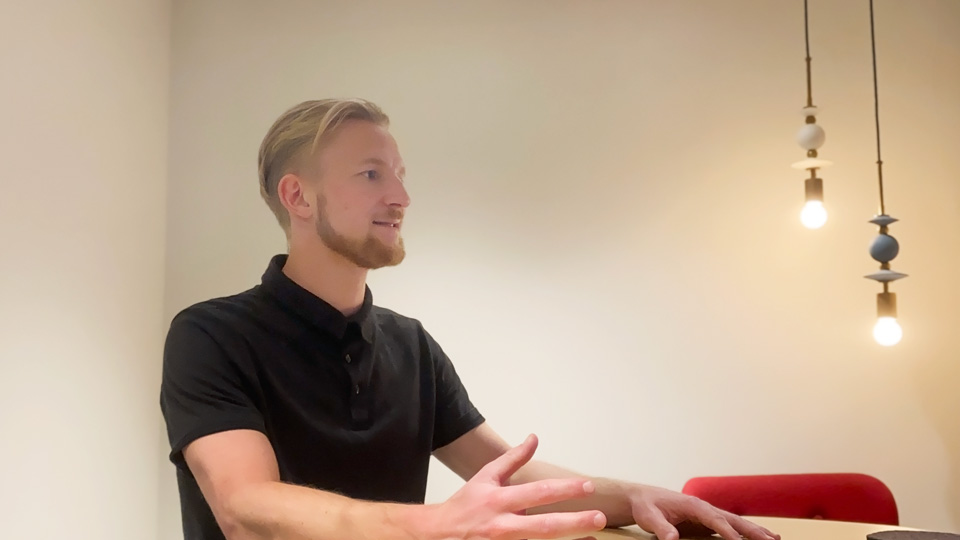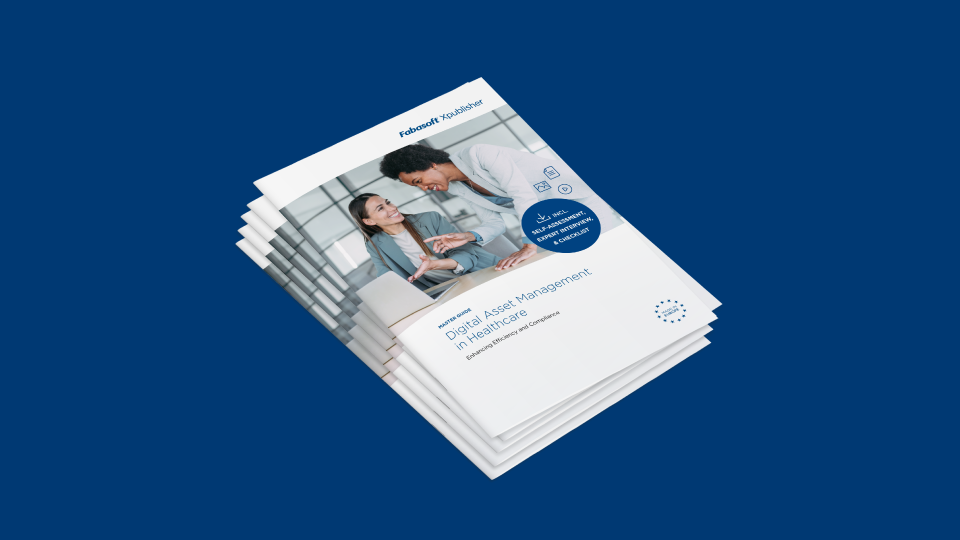Florian Kirschner, Managing Director at Fabasoft Xpublisher, is a seasoned expert in digital publication software for scholarly publishing. With a wealth of experience in the industry, he provides valuable insights into the challenges and opportunities of modern workflows. In this interview, we explore why centralizing workflows in a DAM environment is becoming essential for companies.
Florian Kirschner explains how a DAM approach boosts efficiency, improves quality, and enhances employee satisfaction, offering actionable guidance for companies on the brink of digital transformation.
Many companies are grappling with the shift from traditional, email-centric workflows to a modern, centralized approach. Can you shed light on the key differences between these methods?
FK: Certainly. The traditional, email-centric approach relies on email as the primary means of communication and disperses tasks across different systems and tools. This often leads to system incompatibilities, duplicated work, and a higher risk of losing important information. In these types of decentralized environments, it can be difficult to keep track of the current status of a project because tasks and information are scattered across multiple systems, making them prone to error.
In contrast, the modern, centralized approach is based on a workflow-driven platform. All tasks, communications, and digital assets are managed within a cloud-based environment. A workflow engine automates and regulates processes, ensuring that information and tasks are always where they need to be, right when they‘re needed. This approach minimizes errors and significantly boosts efficiency.
What specific benefits does this centralized, workflow-driven approach offer to organizations that previously relied on traditional methods?
FK: The primary benefit, as I mentioned earlier, is increased efficiency. Centralizing and automating workflows enables companies to work faster and with greater accuracy. Tasks are assigned to the right people, and everyone involved has access to the most up-to-date information. This not only cuts down on the volume of emails, it also eliminates many of the time-consuming coordination efforts that are common in decentralized systems.
Another major advantage is transparency. With a single source of truth, every step in the process is fully traceable, allowing everyone to see task responsibilities and the current stage of a project. This makes collaboration a whole lot easier.
How does adopting a modern approach like this impact work quality and employee satisfaction?
FK: Automation and eliminating the need to switch from one system or application to another helps minimize errors, resulting in more consistent work. A single, accessible source of data for authorized users creates a stronger information base, which leads to more informed decisions.
In terms of employee satisfaction, I see two key benefits: First, automating routine tasks reduces stress and frees up staff to focus on value-added activities. Second, the clear structure and transparent workflows foster trust and satisfaction, as team members always know what is expected of them and how they can contribute to a project‘s success.
Additionally, automation enables creative professionals to concentrate on their core tasks, rather than getting bogged down with administrative duties like coordination, follow-ups, and reminders.
What challenges might arise when transitioning from a traditional to a modern, centralized approach, and how can companies effectively overcome them?
FK: Change inevitably brings challenges, and one of the biggest is adapting the corporate culture. Employees must adjust to new workflows, and proper training is crucial to fully leverage the new system‘s benefits. Clear communication is key here.
Companies need to explain how the new approach benefits everyone and actively involve the workforce in the change process. That said, it‘s also worth mentioning that a modern DAM system should be intuitive, so employees can get up to speed without a steep learning curve.
What do you envision for the future of work organization? Do you anticipate further shifts towards centralization and workflow automation in the coming years?
FK: Absolutely. Digitalization is advancing rapidly, and companies that fail to adapt their workflows risk falling behind. In the coming years, I anticipate further consolidation of work processes, with artificial intelligence playing an increasingly significant role. AI-powered systems will automate even more tasks and support decision-making processes, which will further increase the efficiency and flexibility of work organization.
While technology continually evolves, many companies still rely on outdated methods from the early days of email communication. This approach creates a host of challenges: overflowing inboxes, vital information buried in long email threads, lengthy search times, and poor version control.
To overcome these issues and harness the benefits of modern technologies, it’s crucial for companies to update and streamline their workflows.




